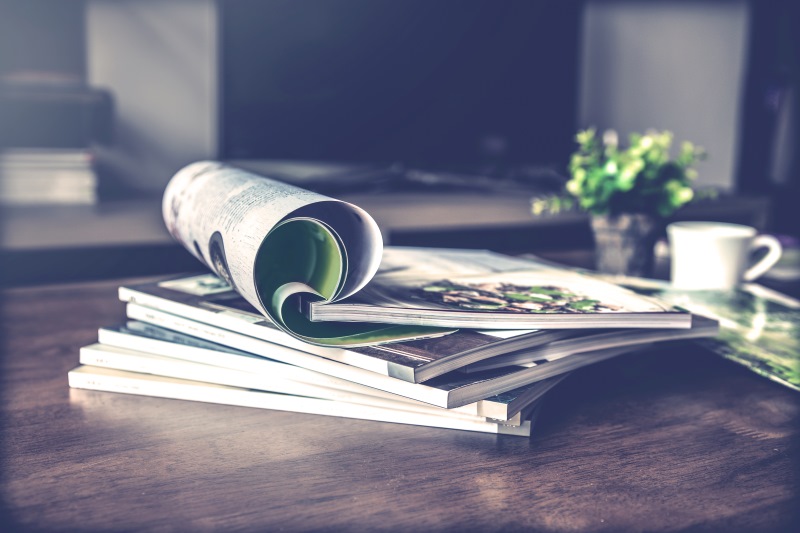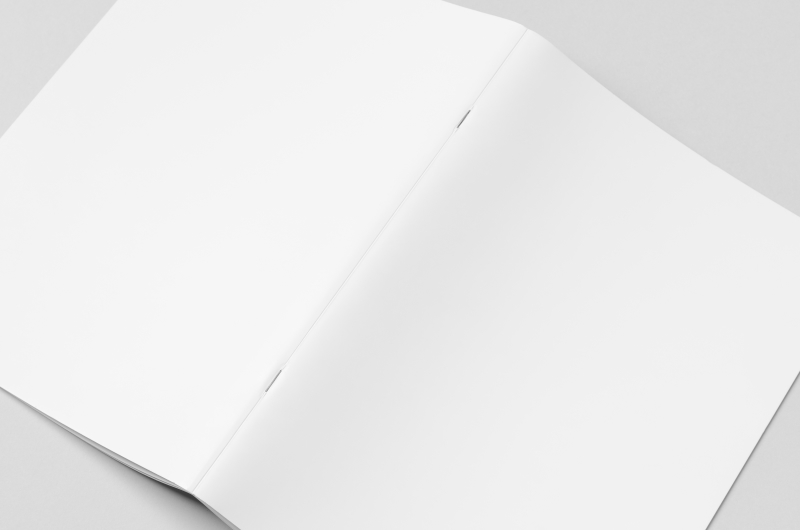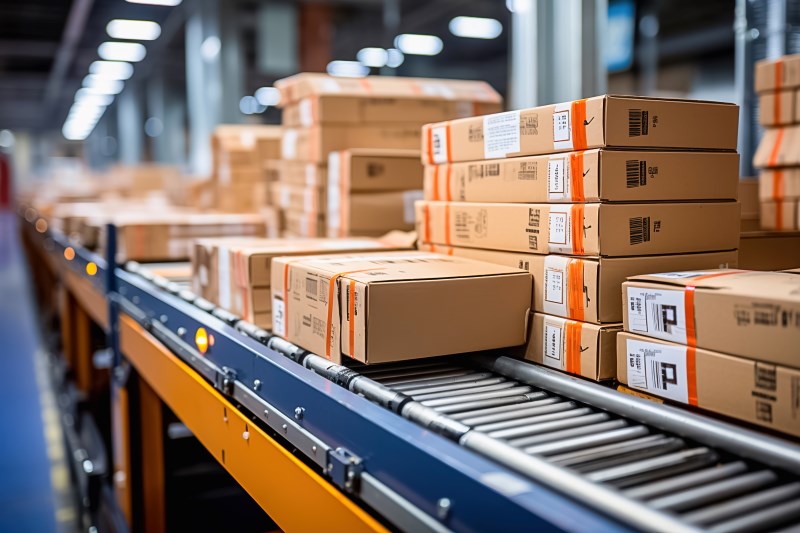

Despite constantly advancing technology shifting us further towards digital forms of media, print is still very much alive, and magazines can still be a profitable endeavor. But if you’re considering starting a magazine or other publication, your first question is more than likely “How much will it cost?” Unfortunately, it’s not quite that simple.
There are a lot of variables that influence magazine printing costs. Size, quantity, and paper quality are obvious factors that play a role in your overall printing cost. However, there are other not-so-obvious factors that can have a big impact on the bottom line.
This article will give you an idea of the costs associated with magazine printing to help you make an informed decision for your business.
Factors That Affect Printing Cost
No two magazines are the same. The details that set your magazine apart from the rest will also affect the cost of printing, sometimes in a big way. During the process of designing your magazine, make sure to take these costs into account when making key decisions.
Trim Size and Paper Weight
Trim size (the dimensions of the paper once it’s been cut to size) will affect the final printing cost of your project. Likewise, the weight of the paper used will also have an effect. To put it simply, both of these factors determine how much paper is needed to print each magazine – more paper equals higher costs. A smaller magazine with lighter paper will be cheaper to print than a large, heavy magazine.
Number of Pages
Similarly, the total number of pages in your magazine will affect the printing cost. A shorter magazine may clock in under 50 pages, while longer publications may contain 200 or more – meaning four times as much paper is needed for each print.
When designing your magazine, it’s important to find the right page count. Too many pages will increase costs, while too few may mean cutting important spreads and/or room for advertisements.
Finish/Coating
The finish, or lack thereof, will also affect printing costs. When printing a magazine, you have several coating options to choose from, like UV coating, aqueous coating, varnish coating, and more. Some of your finish options include gloss, satin, matte and linen, with each option bringing a different price point into the equation.
Certain coatings and finishes are ideal for vibrant, colorful imagery, while others provide a more crisp, tactile feel to the paper. We recommend always adding some form of coating on the cover to reduce transit scuffing and to help protect the images on your covers.
Cover
In addition to the type of paper you use to print the pages of your magazine, you’ll need to consider the cover stock. Many magazines are printed with a thicker, heavier cover, while other ‘self cover’ magazines use the same paper for their cover as what’s used to print the pages inside.
Saddle Stitch Vs. Perfect Bound

When printing a magazine, most of the time you’ll have two binding options: saddle stitch and perfect bound. Saddle stitch is generally the more cost-effective option, while perfect bound magazines may cost a bit more.
If you’re printing a magazine with fewer pages, saddle stitch is likely your best bet – magazine printers typically require a minimum number of pages before perfect bound is an option. However, once you hit a certain page count, saddle stitching is no longer viable. Perfect-bound magazines are ideal for a larger page count and are often considered the cleaner-looking option, trading staples for a squared-off spine.
Quantity
This probably goes without saying, but it’s going to cost more to print 10,000 magazines than it will to print 1,000. However, as your magazine quantity increases, the cost per magazine decreases. This is because there is a certain amount of preparation that goes into magazine printing, regardless of the quantity. Particularly when using non-digital printing methods, like heatset web printing and sheetfed printing, it becomes more efficient to print larger runs, as these setup costs do not increase with quantity.
Turnaround Time
A skilled magazine printer will work with you to get your magazines printed on a schedule that works for you. However, keep in mind a quick turnaround time will more than likely come with a rush fee to compensate for the extra planning and labor required.
Average Printing Cost per Magazine
When printing magazines through a commercial printer, there’s no one-size-fits-all answer to pricing. For example, a customer who printed 7,400 copies of a 64-page self cover magazine had a per-unit cost of $1.16, while another customer who printed 102,000 copies of a 44-page plus cover magazine paid $0.33 each.
In general, you might expect a per-unit cost as low as $0.30 or as high as $4.00 or more, depending on the features, quantity, and size. Keep in mind the 50/50 rule: approximately 50% of your printing costs come from manufacturing and the other 50% from paper.
Don’t Forget About Distribution

Remember: printing your magazine is only one step in the process of getting it into the hands of your customers. Once it’s been printed, do you have a solid distribution plan in place? Shipping costs can quickly add up to a hefty price tag – consider working with a printer that can also handle mailing and fulfillment, saving you time, money and stress.
You Get What You Pay For
At a certain point, cutting costs might mean cutting quality, and the cheapest option for magazine printing may not necessarily be the best option. It’s important to take other aspects beyond cost into account, such as quality, technical support and expertise. Walsworth has operated in the printing industry for more than 86 years, and you can see the Walsworth Difference in the quality of our work.
Print Your Next Magazine with Walsworth
Walsworth is committed to helping make your next magazine come to life before your eyes. To learn more about what we offer, our pricing and our commitment to quality and sustainability, submit your information today.
